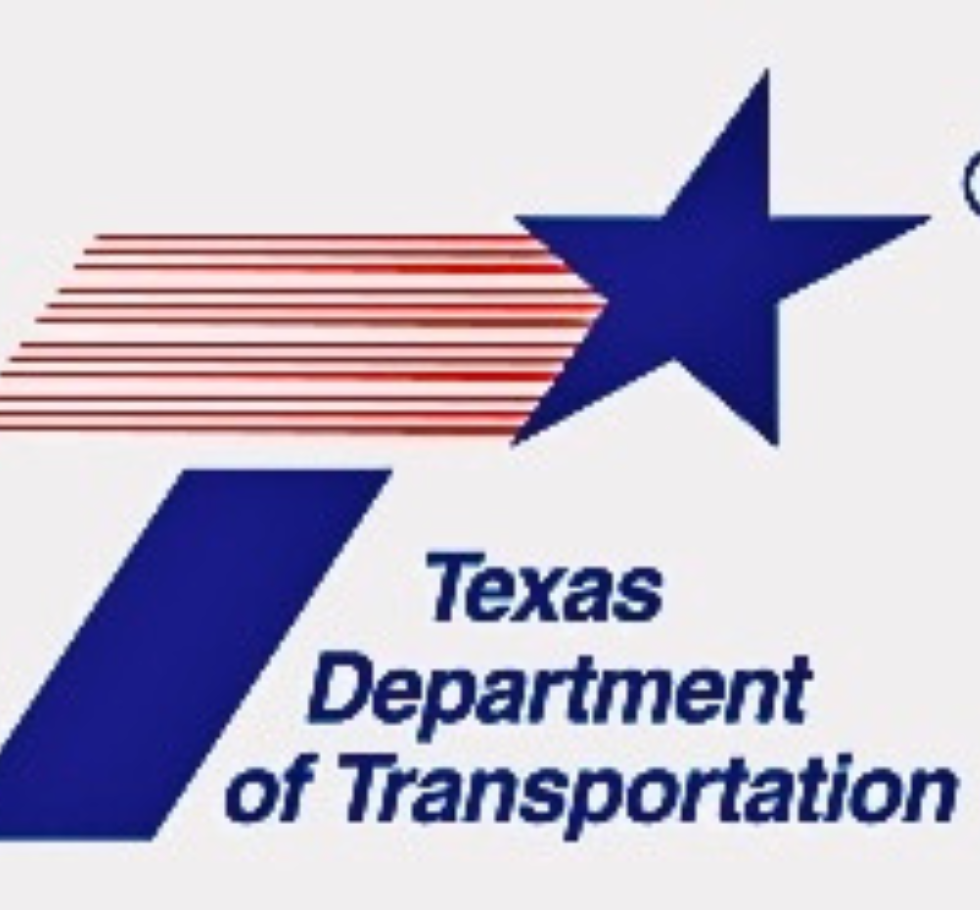Capital Improvement Bond programs have become essential funding mechanisms for public infrastructure projects such as schools, hospitals, and transportation systems. As projects increase in size and complexity, the need for effective project controls becomes even more critical. Project controls are a combination of systems, processes, and tools that enable managers to predict, understand, and influence project performance. This article will explore the importance of project controls in today’s capital improvement bond programs and how they help manage risk, optimize resources, and deliver successful outcomes.
Ensuring financial accountability
The funding for capital improvement bond programs comes from taxpayers who expect that their money will be used efficiently and responsibly. Project controls provide the necessary oversight to ensure that the funds are allocated appropriately and according to the project’s scope, schedule, and budget. They help monitor and manage expenses, track progress, and identify potential cost overruns. By maintaining financial accountability, project controls build trust with stakeholders and facilitate continued support for future bond programs.
Managing risk and uncertainty
Large-scale projects are inherently complex and involve numerous risks and uncertainties. Project controls help identify, assess, and mitigate these risks by providing a structured approach to risk management. They allow project managers to anticipate potential issues and develop contingency plans, minimizing the impact of unforeseen events on project outcomes. Effective risk management through project controls is crucial for ensuring that projects are completed on time, within budget, and according to the desired quality standards.
Optimizing resource allocation
Capital improvement bond programs often involve multiple projects competing for limited resources. Project controls facilitate efficient resource allocation by enabling project managers to prioritize projects based on their strategic importance, urgency, and potential return on investment. They provide data-driven insights into resource needs and constraints, enabling informed decision-making regarding resource distribution. This optimization helps to avoid resource overallocation or underutilization, ensuring that each project receives the necessary resources to achieve its objectives without compromising other initiatives.
Enhancing decision-making and stakeholder communication
Project controls generate valuable information that enables project managers and stakeholders to make informed decisions throughout the project lifecycle. They provide real-time visibility into project performance, allowing for proactive adjustments and course corrections as needed. This transparency and data-driven decision-making process not only improves project outcomes but also fosters effective communication among stakeholders. By maintaining open channels of communication, project controls help to manage stakeholder expectations and address concerns promptly, leading to higher levels of stakeholder satisfaction.
Supporting regulatory compliance
Capital improvement bond programs are subject to a myriad of local, state, and federal regulations. Failure to comply with these regulations can result in fines, delays, or even project cancellation. Project controls help ensure compliance by providing a framework for documentation, reporting, and auditing. They enable project managers to track regulatory requirements, maintain accurate records, and demonstrate adherence to established guidelines. By supporting regulatory compliance, project controls minimize the risk of non-compliance and the associated consequences, promoting the successful completion of projects.
Conclusion
As capital improvement bond programs continue to grow in size and complexity, the importance of project controls cannot be overstated. They provide a comprehensive framework for managing risk, optimizing resources, ensuring financial accountability, enhancing decision-making, and supporting regulatory compliance. In an era of increased scrutiny on public spending and heightened expectations for infrastructure development, project controls are an indispensable tool for delivering successful projects that meet stakeholder requirements and provide a lasting positive impact on communities.
At Front Line Advisory Group, we transform Capital Improvement Bond Management through expertise & industry knowledge. We empower clients & maximize tax dollars through Program Management Consulting. Contact us for more info at info@frontlineadvisorygroup.com.












